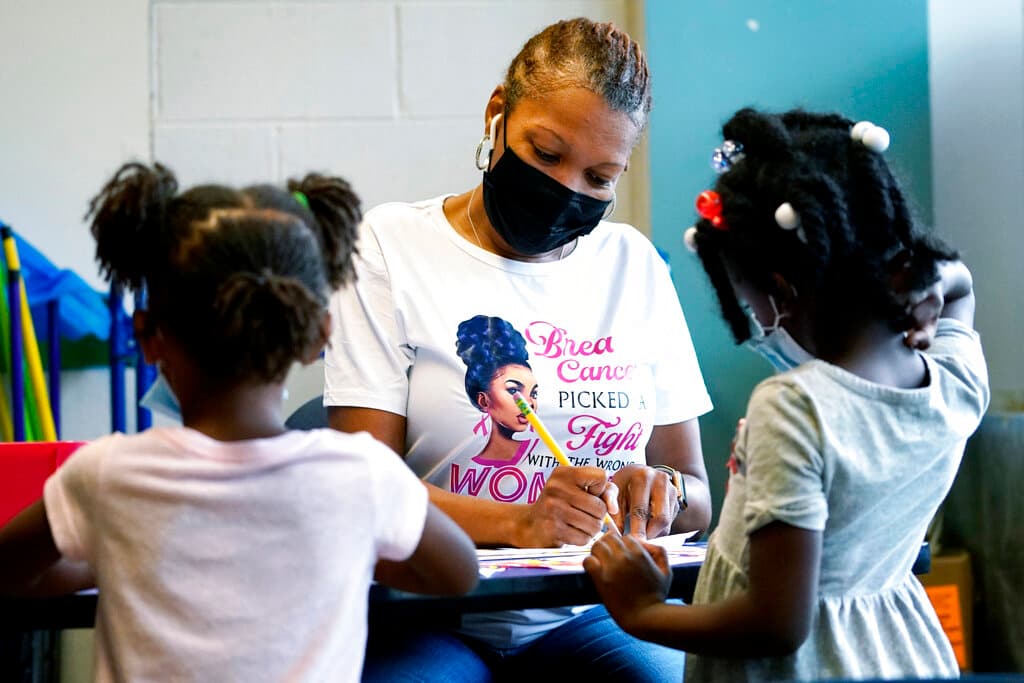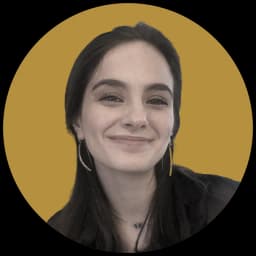Solutions for America’s ‘Artificial’ Teacher Shortage Depend on Who Is Talking
Is it low wages or burdensome certification requirements keeping vacant positions open?

One belief that holds on both the left and right sides of the political spectrum is that the widely reported national teacher shortage is an artificial problem. The sides diverge, though, on how to fix it.
Over the past two months, public school superintendents across the country have been ringing the alarm about a teacher shortage. As of June, according to some estimates, there were between 300,000 and 600,000 openings for instructors in schools across the country.
The president of the United Federation of Teachers, Randi Weingarten, seemed to endorse the notion that the shortage is artificial by retweeting a post on the topic.
“There is no ‘teacher shortage,’” the tweet said. “There are thousands of qualified … teachers who are no longer teaching. There’s a shortage of respect and proper compensation for teachers allowing them to actually teach.”
A columnist at the Washington Post, Petula Dvorak, suggested that gun violence, Covid exposure, and culture wars were keeping teachers out of classrooms. “The crisis isn’t the lack of teachers. It’s the nationwide disrespect for those in the profession,” Ms. Dvorak wrote in a column on Tuesday.
The solution, from the perspective of Ms. Dvorak and others like her, is to increase teachers’ pay, decrease their responsibilities, and enact liberal policy measures.
Conservatives, meanwhile, argue that the so-called shortage is a result of overburdensome licensing standards.
All 50 states require a state-issued teaching credential on top of a bachelor’s degree, which is typical in education. The licensing requirement bars non-certified individuals from teaching in public schools.
A policy fellow at the R Street Institute, Shoshana Weissman is an advocate of licensing reform as one means of increasing the available pool of prospective teachers. Ms. Weissman says that all occupational licensing causes “some level” of artificial shortage by excluding unlicensed people.
In education, she says there are three major pools of potential teachers that current licensing laws hinder: non-career teachers, retired teachers, and teachers who have moved between states.
“Maybe we want people with more outside experience who don’t have a degree in teaching,” Ms. Weissman said. An applied mathematician, for example, could be a capable arithmetic teacher; without a license, though, he or she cannot teach in public schools.
Even certified teachers may find that their certification is limited. “Retired professionals often go through extra licensing barriers to get back into the profession,” Ms. Weissman added.
Because each state confers its own licenses, certification can be limited to within one state’s borders.
“If a teacher moves across state lines, they often can’t work,” Ms. Weissman explained. In more than 20 states, teacher certification does not easily transfer, and teachers are required to take additional assessments in order to receive a license in other states.
Ms. Weissman points to Arizona’s universal recognition policy as an example of a successful licensing reform initiative.
“Universal recognition says, ‘Hey, come here, and if you move here, your license can transfer — we just will verify it.’ It’s a really quick process,” she said.
The policy applies to the likes of cosmetologists and dental examiners but currently excludes teachers and lawyers.
In July, Arizona passed legislation intended to fix that. The state will now allow undergraduate students to begin training in public schools — before receiving their bachelor’s degree. To become a full-time teacher, applicants will still need to complete their degree, but the program is intended to expedite the process.
Florida, meanwhile, is allowing veterans enrolled in education bachelor’s programs to receive temporary teaching certificates and begin classroom instruction before they graduate.
As school begins across the country, America’s laboratories of democracy will test these hypotheses, and their corresponding solutions, with the hopes that at least one will work.

